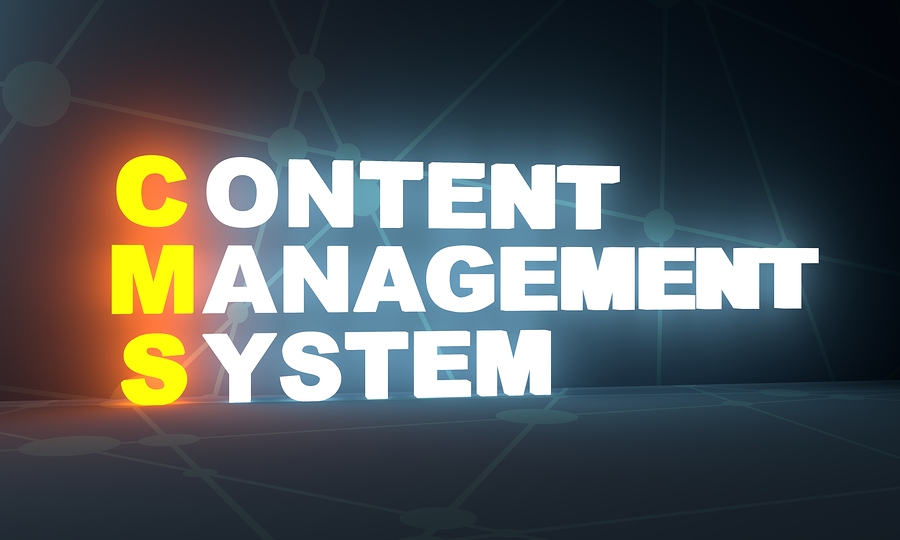
7 Marketing Strategies for SMBs to Gain a Competitive Edge
March 26, 2018
Inbound vs Outbound Marketing: The Best Strategy for POS VARs
April 6, 2018There is always a stir that Google’s algorithm is changing again, that internet users are trending one way or another, or that some feature is making your website look like it’s from 2008. Fact: what marketers consider to be web design best practices constantly evolves.
There are some basic things, however, that you can count on to truly be web design best practices, rather than hype or fads. Regardless of the current trends, you can’t go wrong with these tried-and-true foundational principles.
Need to Brush Up on the Basics? Read our Essential Step-by-Step Guide to Internet Marketing.
The SkyRocket Group’s Top Ten List of Bona Fide Web Design Best Practices
1. Consistent Branding
Use your name, logo, colors and other branding consistently throughout your site. Be consistent—you don’t want prospective customers to be asking, “What is this company’s real name?” Also remember that your website is often an “online business card” that can be a prospect’s first impression of your company. Trendy GIFs may be all the rage, but do they belong on your website that showcases technology solutions for upscale retailers or restaurants? Make the right impression.
2. Well-Planned Navigation
Build your website to be easy for website visitors (i.e., your prospects) to navigate. Web design best practices will always dictate that your site’s organization provide the best user experience, help users quickly find what they’re looking for—and easily direct them to what you want them to see.
3. SEO
Search engine optimization (SEO) wisdom seems to change over time, but, at least for now, optimize pages for search engines on the page with well-chosen keywords in the title and text, links to relevant pages on your site, and links to external sources, if applicable. When adding new pages or posting blogs, remember to use metadata including alt tags for images and alt text for links.
4. Content
Good website content never goes out of style. Your readers appreciate it, and Google has learned to recognize it. Make sure your live content on the web, whether written, images, or video, is representative of your position as an industry thought leader, an advisor to your customers and partners—and someone who has, at least, passed middle school language arts class.
Remember, sites that add fresh content more often tend to get more traffic than websites that are rarely updated. Create a reasonable plan for web content creation and updates and be disciplined about following it.
5. A Clear Path to Contact Information
Don’t make website visitors search for your address, email address or phone number. Consider including it on each page in the header or footer.
6. Clear and Decisive Calls to Action
Place CTAs where website users are most apt to see them. Our web design best practices put them at the top of the page, to the right of text and at the bottom of a page. Also design CTA buttons/images to be vibrant and eye-catching and don’t be afraid to direct the user with words like “download,” “watch video,” “contact us,” and “request demo.”
7. Responsive Design
More and more people are accessing the internet from mobile devices. Use a responsive design that provides a good user experience for website visitors using any type of device.
8. Easy-to-Read Text
Choose readable fonts and font size that are easy to read—on a mobile device as well a PC screen—and be careful when using text over images to make sure the messaging doesn’t get lost.
9. Clean Design
You’ve seen them: websites with something crammed into every possible space on a page. This strategy may get everything you want to say or show in front of a reader, but there is also a risk that there is so much to see that the reader will overlook something. Don’t fear white space. It’s not wasted space. It can be a design element used for emphasis or to help the reader understand related elements on the page. Use it to your advantage.
10. Reasonable Site Speed
Use an online tool to check website speed and the load time for each page. To minimize the chance a visitor will leave because it takes too long to load, correct any problems you uncover, which may not be related to web design, but rather to upgrading your hosting plan.
Find Your Own #11, #12…
There will be much more to a list of web design best practices that is specific to your business. Testing, feedback from your customers, and monitoring performance will see to that. Making sure the basics are a part of your list, however, will ensure you have a usable site with increasing traffic and provides a user experience that won’t make website visitors immediately bounce.
Take time to evaluate your website and your business’ procedures for updating and maintaining your website, and then fix what isn’t in line with these web design best practices. The payoff will be increased website performance and traffic, a better brand image, and more leads to pass to your sales team—and those are things that can’t wait.




